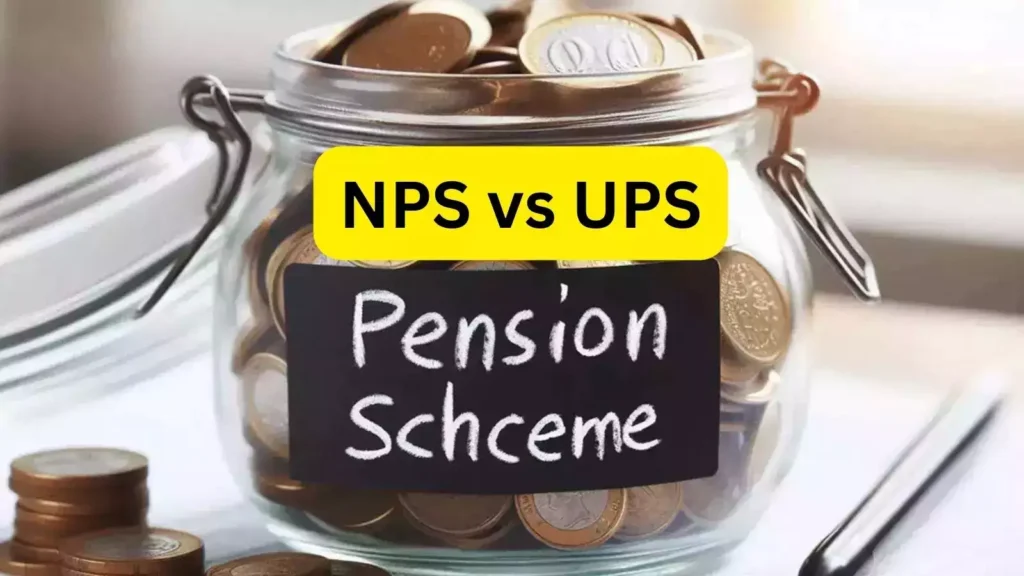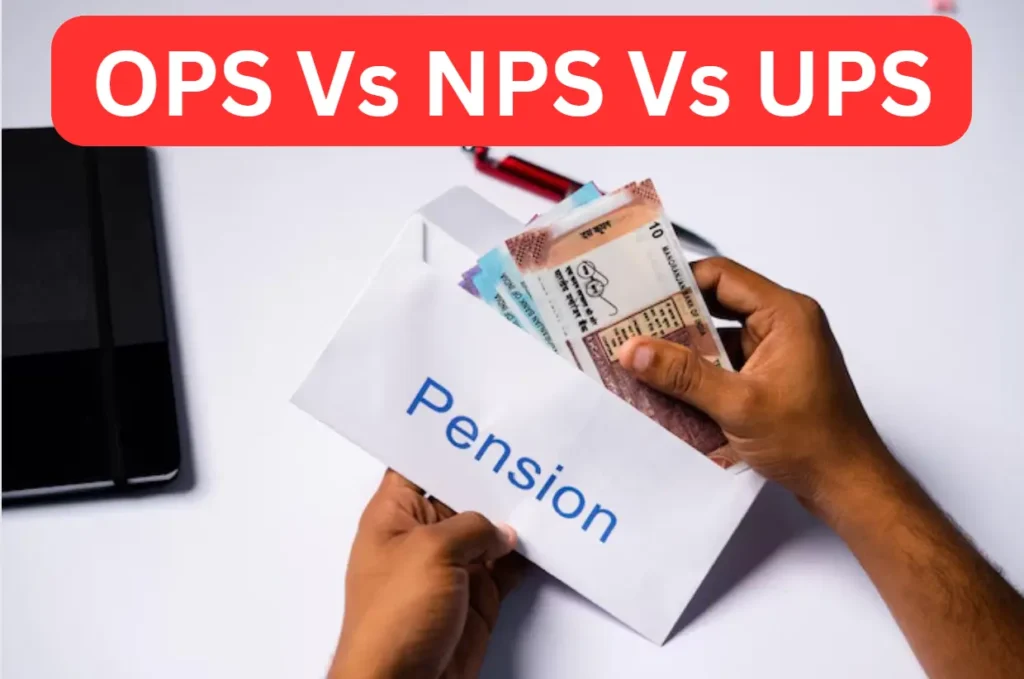The UPS (Unified Pension Scheme) which will go into effect on April 1, 2025, ensures a pension equal to half of the average basic pay earned during the final year prior to retirement.
Pension payments to government employees opting for the August 24 introduction of the Unified Pension Scheme (UPS) should be significantly increased.

The government’s contribution under the UPS will rise to 18.5% from the current 14%, leading to a projected 19% increase in pensions for employees with a starting salary of Rs 50,000, according to a TOI report based on UTI Pension Fund calculations.
The UPS, which will go into effect on April 1, 2025, ensures a pension equal to half of the average basic pay earned during the final year prior to retirement. The entire sum will be paid to employees who have worked for 25 years; employees who have worked for at least 10 years will get a pension that is commensurate with their service length, with a minimum guaranteed amount of Rs 10,000.
Projections indicate that retirement benefits under UPS and NPS may differ significantly for workers who begin their careers at age 25 and service for 35 years. In the case of the UPS, for example, the employee in question would accrue a pension corpus of roughly ₹4.26 crore, which would translate into a pension of ₹2.13 lakh per month. As opposed to this, the same worker under NPS would amass ₹3.59 crore in corpus and be eligible for a ₹1.79 lakh monthly pension.

The superior outcomes under UPS are largely attributed to the higher government contribution rate of 18.5%, compared to 14% under NPS. Additionally, the UPS guarantees an assured pension that is more favorable, especially for those with long service periods. Even for employees who start at age 35 and retire after 25 years of service, UPS still offers a higher monthly pension of ₹84,787, compared to ₹71,400 under NPS. These projections assume an 8% annual growth in the fund and a 6% annuity return, highlighting the financial advantages that UPS could bring to government employees as they plan for their retirement.
Under the UPS, the pension corpus will be split into two funds:
- An individual pension fund, where the employee’s contribution of 10% of basic pay and dearness allowance (DA) and the matching government contribution will be credited.
- A separate pooled corpus, which consists of an additional 8.5% government contribution based on the basic pay and DA of all employees.

Employees can choose how to invest their individual pension corpus, but the assured pension will be based on a ‘default mode’ investment pattern as notified by the Pension Fund Regulatory and Development Authority (PFRDA). Employees can withdraw up to 60% of their individual pension corpus, which will reduce their assured pension proportionately.
The employee will get the larger payoff if the investment they selected yields an annuity that is greater than the guaranteed amount. On the other hand, the government will only cover the difference up to the benchmark annuity level if the investment returns a lower annuity.
After 25 years of service, an assured full pension is awarded; for those who have served for at least 10 years, a pro rata pension is offered. The UPS (Unified Pension Scheme) and the current New Pension Scheme (NPS) are the options available to employees.
NPS or UPS, what is better?
Whether employees should move from NPS to UPS is a topic of debate among experts. Value Research CEO Dhirendra Kumar encouraged people who have a long way to go till retirement to continue with the current NPS for equities market returns in a Moneycontrol study. In the same research, Suresh Sadagopan, CEO of Ladder7 Wealth Planners, emphasizes the benefits of UPS’s guaranteed income and advises qualified NPS users to switch to UPS in order to safeguard their fundamental post-retirement livelihood.

Unlike the Old Pension Scheme (OPS), where employees made no contributions, UPS requires employees to contribute 10% of their basic salary and DA, while the government contributes 18.5%. A portion of the government’s contribution (8.5%) goes into a guarantee reserve fund to manage any shortfalls.
What about taxation?
UPS’s tax ramifications are yet unclear. It is anticipated that pension income under UPS will be subject to income-tax rates, akin to NPS, enabling a tax-free lump sum release of 60% of the corpus. Additionally, the UPS provides for a lump sum payment based on the length of service; however, it is unclear how this payment will be treated tax-wise.

When employees are given the choice between UPS and NPS, it is anticipated that the government will offer more assistance in order to support their decision-making. Director at CRISIL Market Intelligence and Analytics Piyush Gupta says that while elderly employees getting close to retirement may find UPS more alluring because of its assured pension benefits, younger employees may benefit from sticking with NPS because of its potential for better long-term gains.
Difference between UPS, NPS, and OPS

UPS: Only for government employees. Guarantees a pension equivalent to 50% of the average basic salary of the last 12 months. Requires employee contributions of 10% of basic salary plus DA, with the government contributing 18.5%. Includes a separate pooled corpus funded by an additional 8.5% government contribution.
NPS: Available to both government and private sector employees. Pension is dependent upon market results and is not guaranteed. 10% of an employee’s pay is contributed by them, while 14% is contributed by the government. Allows up to 60% tax-free lump sum withdrawal at retirement.
OPS: Was for government sector employees. Provided a guaranteed pension based on 50% of the last drawn basic salary, with no employee contributions.The pension was entirely supported by the government without needing contributions to be made to market-linked products.
Read also : Humble Kanpur beginnings to UP’s richest! How two billionaire brothers built a billion-dollar empire











